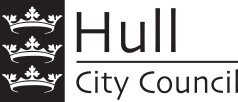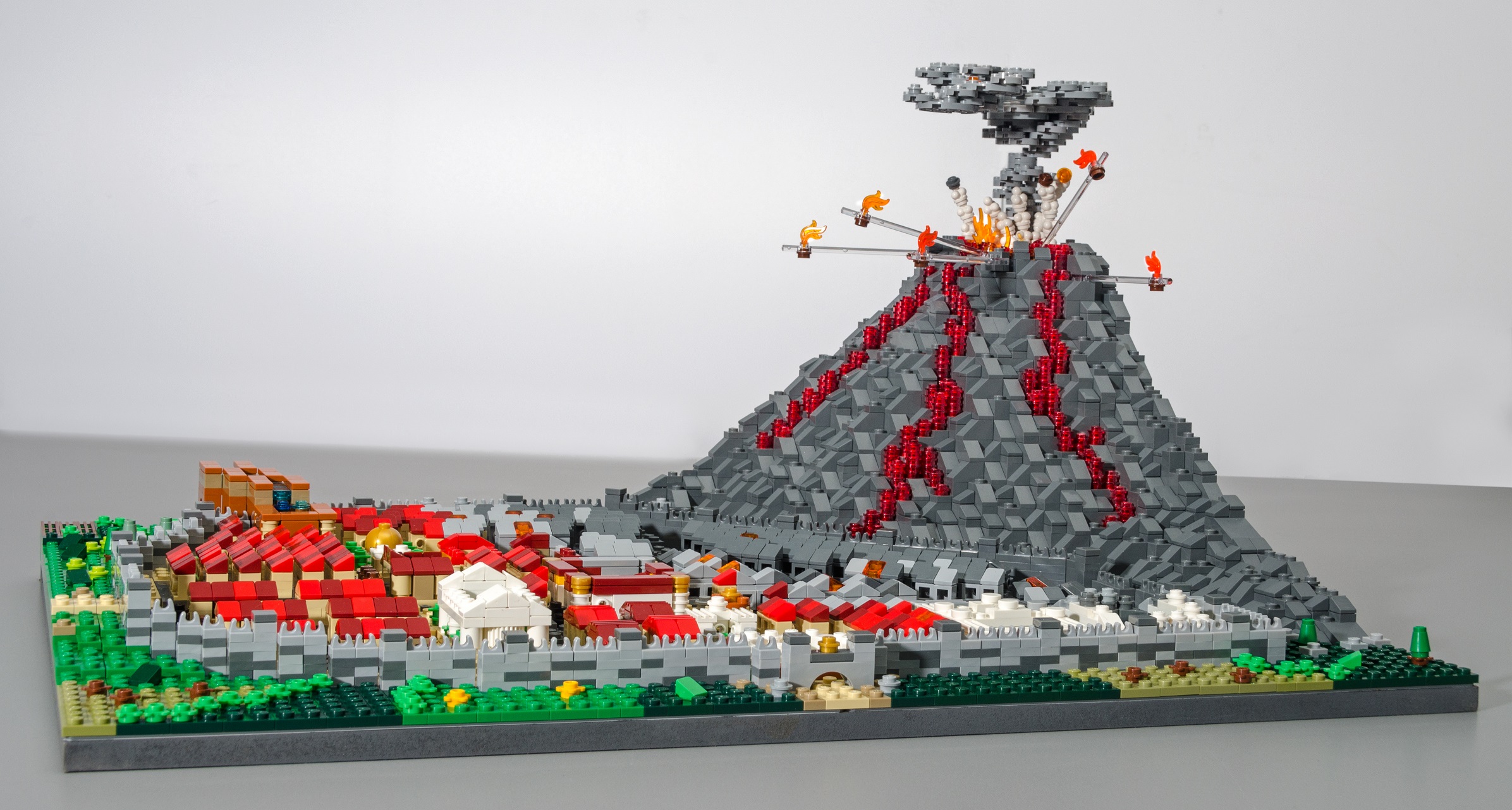
Sam North is a project support intern on the Hull: Yorkshire’s Maritime City project.
Sam North, project support intern on the Hull: Yorkshire’s Maritime City project, worked closely with volunteers who catalogued the Arctic Corsair collection and was one of the staff members who helped to remove the collection last summer. Here, he explains more about the famous vessel.
The Arctic Corsair sailed from Hull between 1960 and 1987. Fishing was an important part of Hull’s maritime economy, and many people either sailed on board trawlers or worked in industries connected with fishing.
Speak with any Hull resident over a certain age, and the chances are they will know someone who has links with the fishing industry. Sometimes it even seems as though everyone in Hull knows someone who sailed on board the Arctic Corsair!
In maintaining the Arctic Corsair as a museum, we at Hull Museums are fortunate to work with a number of people with connections to the fishing industry. This includes the fishing heritage charity STAND who we partner in preserving the ship. Many of their members worked as trawlermen, and I find it fascinating to listen to them reminisce about past trips to Iceland.
A number of the Corsair’s tour guides also have connections with the fishing industry. They bring their tours to life by recalling sailing on the Corsair, or on board similar ships. We also have a team of maintenance volunteers who have worked to ensure that the ship remains in a fit state for visitors since it opened to the public. A number of these volunteers have connections with the fishing industry as well.

One of the extensive set of instructions relating to the main engine of the Arctic Corsair, showing wear-and-tear signs from a thirty year working life at sea.
Some of the most interesting parts of the ship’s onboard collection are items such as fishing diaries and logs, recorded whilst the Corsair was fishing. These often include the personal touch of the chief engineer, mate, or skipper’s notes. Much like the fishing community, these items tell the human story of the industry in Hull.
One fascinating part of cataloguing and removing the ship’s collection was sorting through the files found in the chief engineer’s cabin. Whilst most of the collection was catalogued by volunteers, these records were so jumbled that I was tasked with making sense of them.
Hull’s fishing heyday had long passed by the time I was born, and walking around the preserved Corsair is the closest I have been to sailing on board a trawler. I was going to need some help in understanding the engineering diagrams and plans which were in front of me.
This was where Bill and Pete from the Corsair’s maintenance team helpfully stepped forwards. Both sailed as engineers in Hull’s fishing fleet, and were at ease with the files that befuddled me.
They were able to explain which files were lists of electrical spares, which related to various onboard pumps, and which would serve as a blueprint for rebuilding the Mirrlees main engine if necessary. Whilst many of the files are incomplete, with loose sheets having been lost or damaged over the years, we now have a much greater sense of what we found whilst cataloguing the chief engineer’s cabin.

One of many electrical diagrams found on board the Corsair.
Some of the files served to trigger Bill and Pete’s own memories of sailing on board trawlers. They recalled similar equipment on board the vessels they sailed on, connecting them with stories of their daily use.
Amongst the files were repair lists from trips made during the 1980s, including the Corsair’s final December 1987 trip. The men duly critiqued their worthiness, all in good humour!
It is a real privilege to work with people who have these memories, and we are grateful for their continued support in helping us to preserve the Arctic Corsair.




